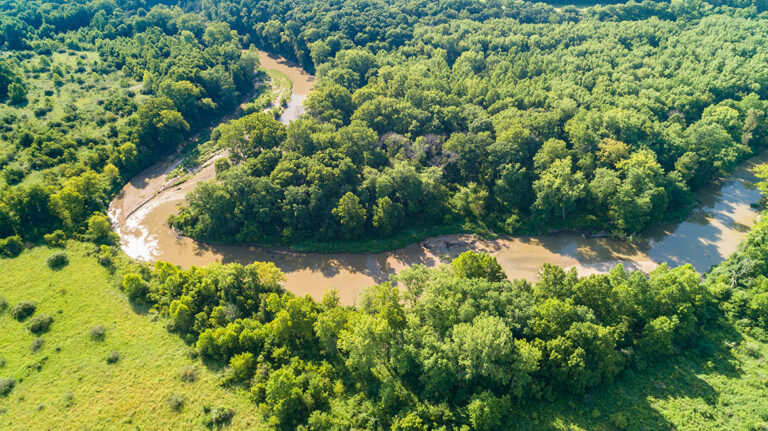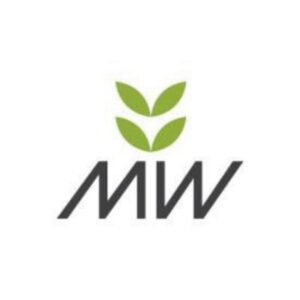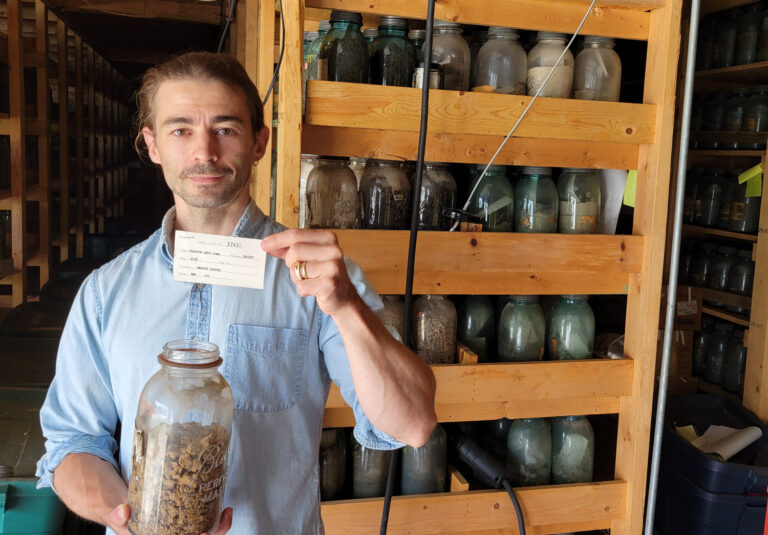Water is critical to America’s meat habit. Cows, pigs and chickens drink it. Farmers clean barns and cool animals with it. Meatpackers sanitize plants and wash their product with it.
But, most importantly, water grows the crops needed to feed the millions of animals raised and slaughtered each year that end up on Americans’ tables.
As climate change continues to cause severe weather events in increasing frequency, including droughts and floods, water will become an increasingly scarce resource. But when it comes to environmentally sustainable water use, meat companies lag behind other corporations in the food industry, according to a report by Ceres, a nonprofit environmental advocacy group.
Most large companies have policies to reduce water use and pollution. But some of the largest meat companies in the U.S. lack measures such as water reduction targets, watershed protection plans and incentives for suppliers to conserve water, according to the report.
For example, Pilgrim’s Pride, the largest poultry producer in the world, has increased its water use at its U.S. operations in recent years, despite setting a public goal to decrease water use intensity by 10% by 2020. Instead, water use intensity — the amount of water needed to produce a pound of chicken — increased by 5% in that time.
Around 6% of freshwater in the U.S. food system goes to watering and cleaning up after livestock. But that doesn’t account for the water needed to grow food for the animals.
A majority of freshwater in the U.S. — 60% — is used to grow crops. On top of that, two of the country’s primary crops are mostly used for feeding animals: 40% of corn and 60% of soybeans goes to animal feed, according to the U.S. Department of Agriculture.
According to Tyson Foods’ Water Position Statement and Prioritization Scheme, 91% of water used in the company’s supply chain is used to irrigate corn feed.
Ceres researchers evaluated 38 food companies across four industries — meat, agricultural products, beverages and packaged food — and scored them on dozens of measures using corporate disclosure forms and self-reported data. The average score for all companies was 45 out of 100 points, but the average score in the meat industry was only 18, the lowest out of the four groups.
“(Meat companies) continue to lag despite having an outsized impact on water resources,” said Beth Hooker, the former director of the Water and Agriculture Resilience at Ceres, who worked on the report. “Livestock farming is one of the biggest polluters of watersheds globally. It’s also one of the most water-intensive industries because they have extensive grain and soy(bean) supply chains.”
Meatpacking companies are addressing sustainability, said Sarah Little, the spokeswoman for the North American Meat Institute, an industry lobbying organization. She pointed to a website named The Protein Pact, which states goals for the industry.
“It is the meat industry’s initiative to set continuous improvement targets for 5 key areas: food safety, animal handling, environment, health and wellness and labor and human rights,” she said in a statement. “Member companies” — which includes the companies that dominate the market, such as Tyson Foods, Smithfield Foods and JBS — “will then measure their progress and transparently report results. There are many metrics stet-up in each category. We will establish a baseline and then track and share industry success. Companies are challenged to require certain benchmarks by their suppliers. We have just started this PACT and will chart progress of 10 years.”
American meat consumption has steadily increased over time and currently averages around 225 pound of meat per person, per year, according to figures from the National Chicken Council.
Ceres has updated its report “Feeding Ourselves Thirsty” four times since its original 2015 publication. The 2021 methodology weighted supply chain policies more heavily than in previous years, referencing companies’ sustainability reports, mandatory financial disclosures and responses to a climate change and water issues questionnaire.
JBS, the second-largest pork producer in the U.S. and the parent company of Pilgrim’s Pride, doesn’t have public-facing requirements for sustainable water use by its suppliers beyond compliance with the law, according to the Ceres report and JBS’s website.
JBS did not respond to a request for comment.
In drier areas of the country, droughts have become more frequent as the average temperature increases. In August 2021, the federal government declared a water shortage in the Colorado River basin for the first time, forcing water use cuts.
More than 70% of water from the Colorado River is used to irrigate crops. In Nevada, where most of the water restrictions will take place, alfalfa hay used to feed cattle is the leading cash crop.
Sanderson Farms, the third-largest poultry producer in the nation, ranked near the bottom of the Ceres report in part because the company doesn’t currently have water conservation targets or policies for its feed suppliers.
But the process of evaluating supplier water use and developing policies to source feed from environmentally responsible farms began last year, director of development and engineering Bob Billingsley said, though there’s not a set timeline for implementation.
Sanderson Farms has reduced water use at its processing facilities by 44% since 2008 by treating and recycling water within its plants, employing environmental supervisors at each plant and monitoring how much water leaves and enters the facilities every day.
The most water-intensive part of animal agriculture, however, isn’t in meatpacking plants but in the fields where corn and soybeans are grown for chicken, according to the Ceres report.
Sanderson Farms has constructed eight new poultry plants in the past 30 years, and selecting sites with sufficient water resources is the first step in responsible water use, Billingsley said. In the future, Sanderson Farms aims to source its corn and soy from areas with abundant water as well.
Only one plant, located in Hazlehurst, Mississippi and purchased by Sanderson Farms in 1961, is operating in an area with high water stress, according to the company’s 2020 Corporate Responsibility Report. High baseline water stress occurs when there is high demand for water and relatively low supply.
“If we’re going to go in and operate in a community, we can’t go in there and be irresponsible as it relates to environmental issues,” Billingsley said. “Nobody, no community, wants a company that’s not going to be responsive and views the environment as non-important.”
More than 100 JBS facilities — the majority — are located in “medium to high risk” or “high risk” areas in terms of water availability and quality, according to the company’s sustainability report.
Eleven Tyson Foods facilities are located in areas of high baseline water stress. Smithfield Foods did not disclose in its 2020 Sustainability Report how many operations withdraw water in areas of high baseline water stress, but stated that “our operations face little to no risk, do not significantly impact local water supplies, and do not get our water from protected sources.”
When companies come to town and harm a community’s water resources, they may lose the “social license to operate,” Ceres’ Hooker said.








